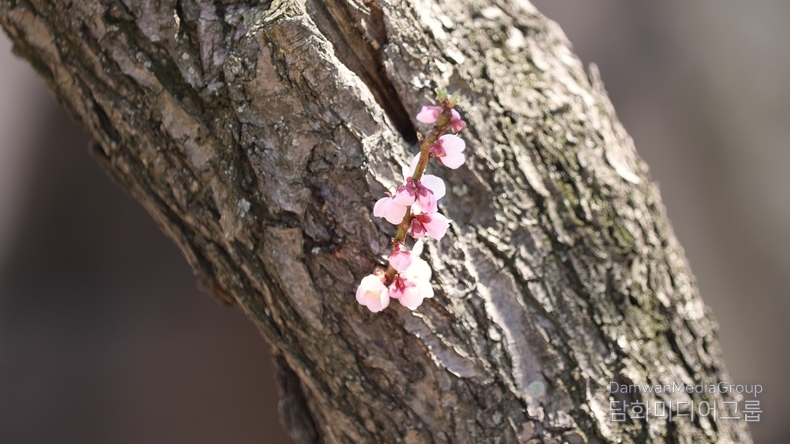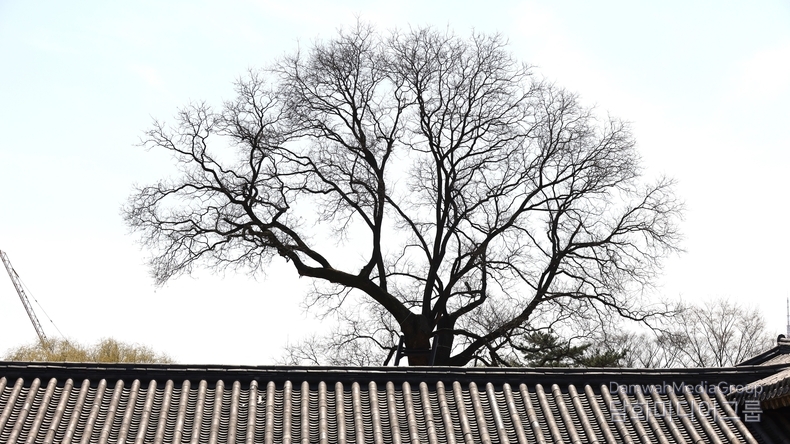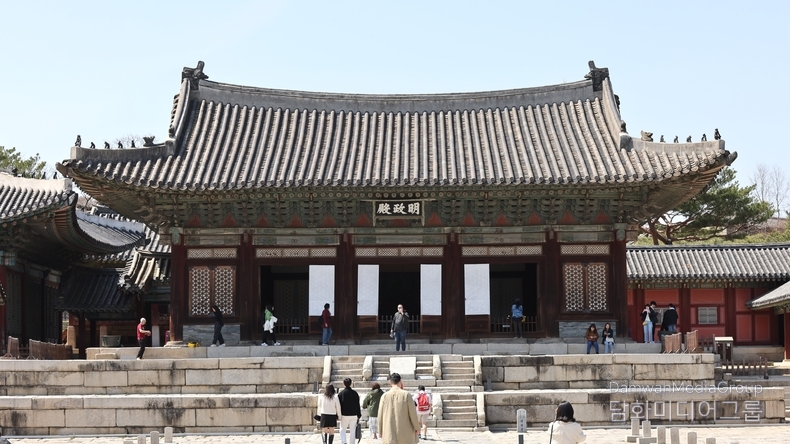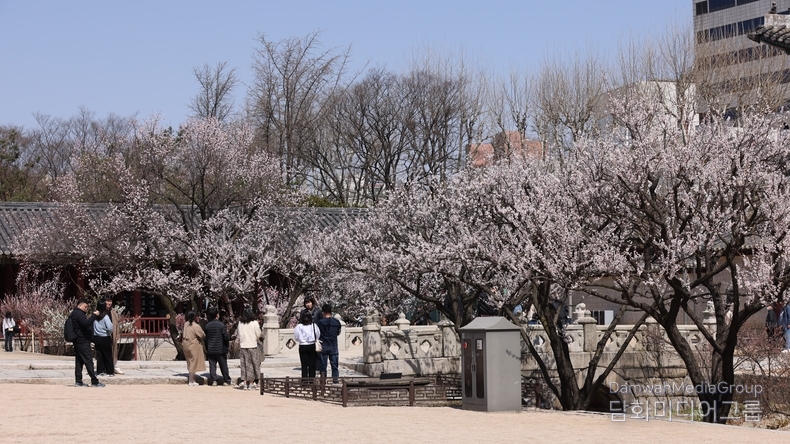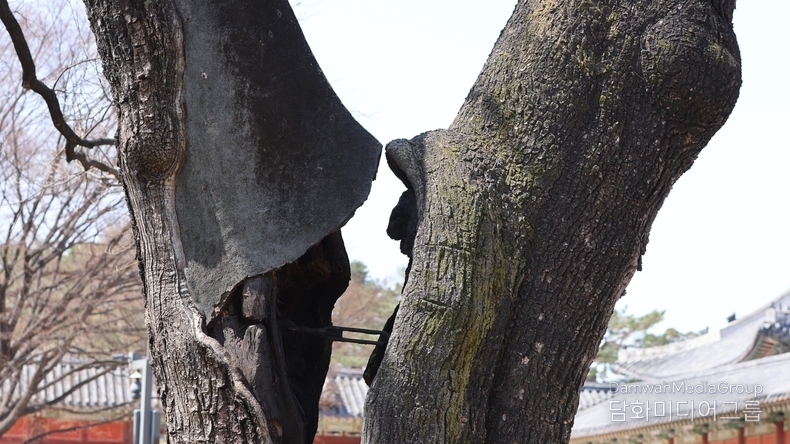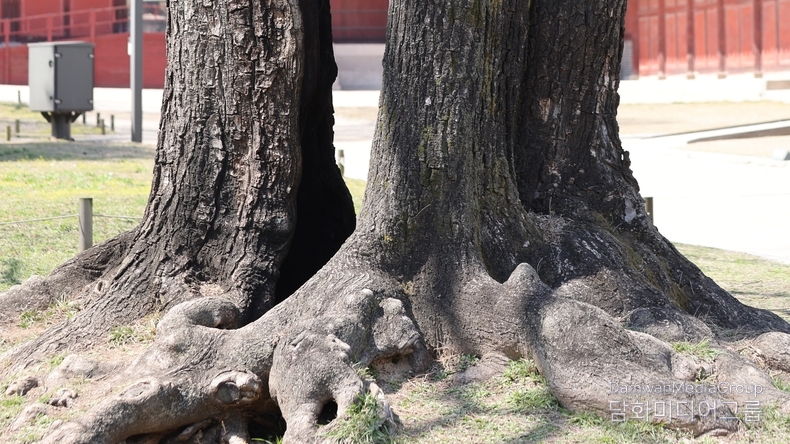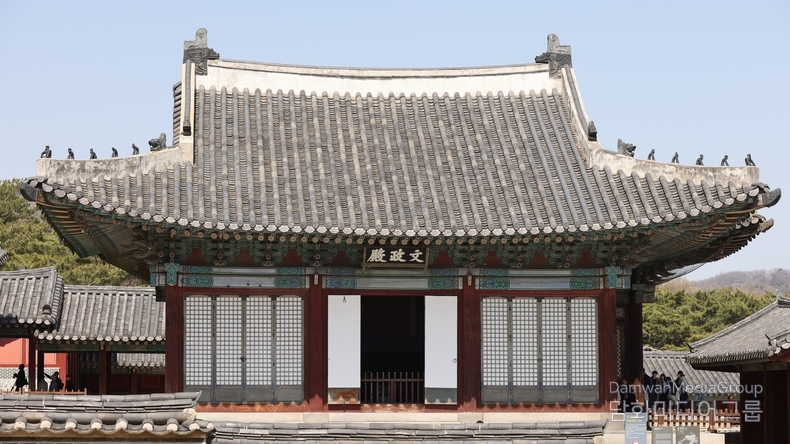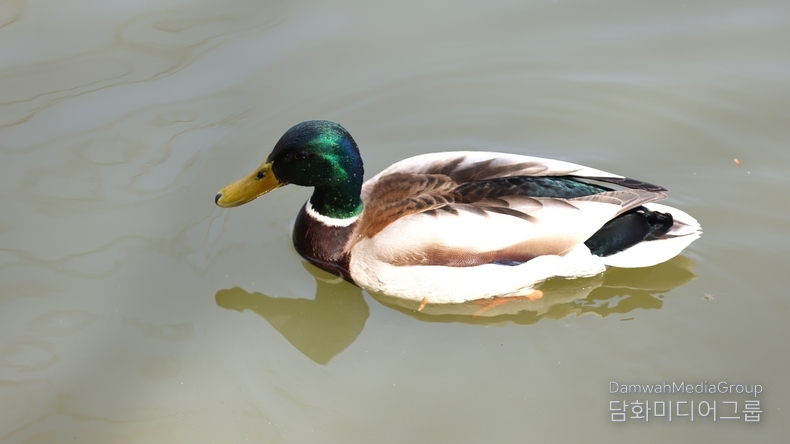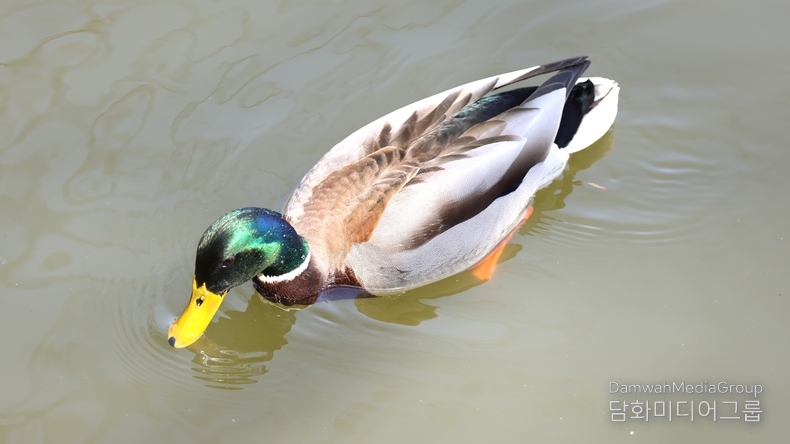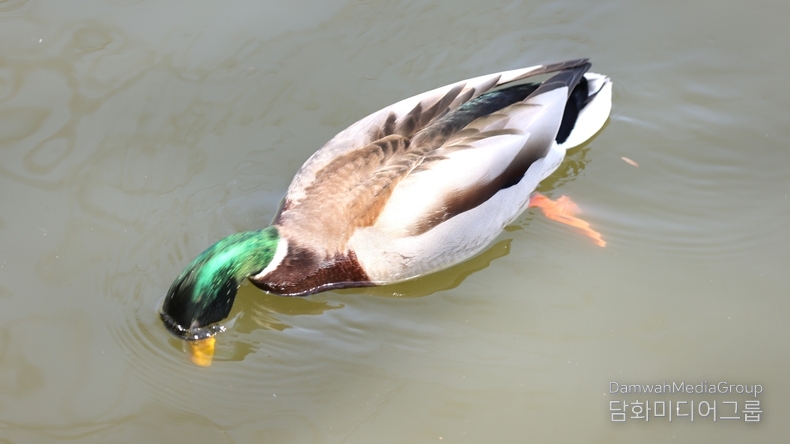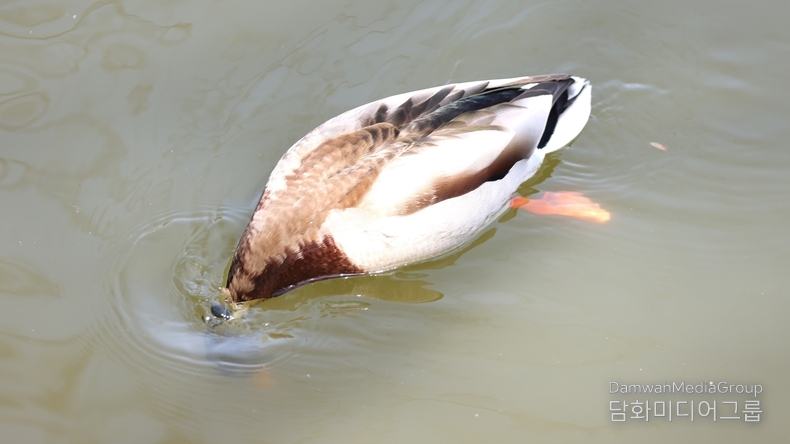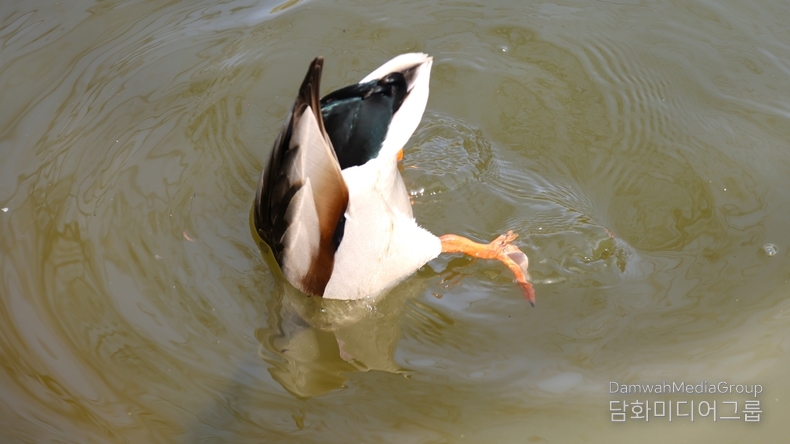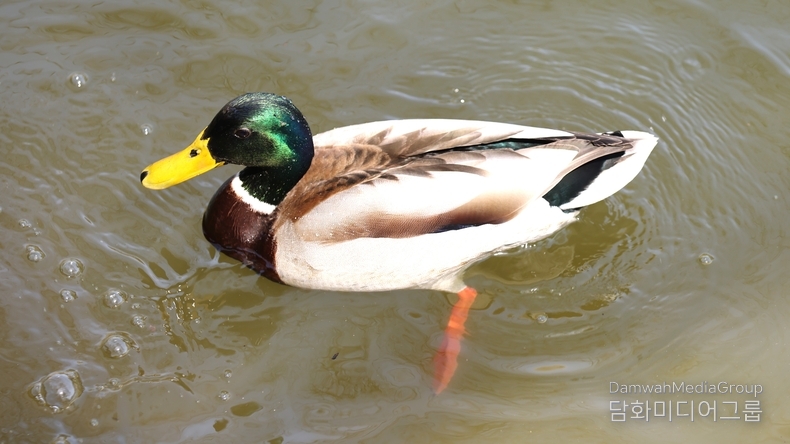법왕청신문 이존영 기자 | 본래 창경궁 터에는 1418년에 세운 수강궁(宮)이 있었다. 수강궁은 세종 때 상왕(上王) 태종을 위해 창덕궁 동편에 창건한 궁이었다.
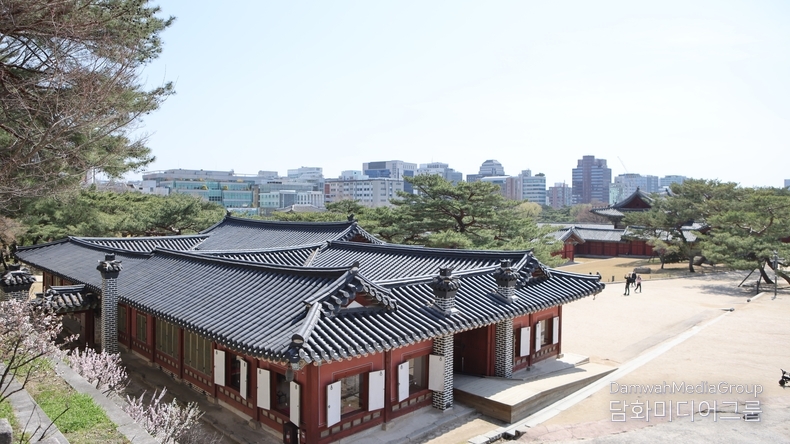
1483년에 성종이 3명의 대비를 위해 이 터에 크게 궁궐을 다시 짓고 창경궁이라 불렀다. 창경궁은 창덕궁과 사실상 하나의 궁궐을 이루어 이 둘을 합쳐서 동권)이라 하였고, 후원의 정원도 공동으로 이용했다. 창경궁은 창덕궁의 부족한 생활공간을 보충하여 왕과 왕비뿐 아니라 후궁, 공주, 궁인의 처소로도 사용했다.
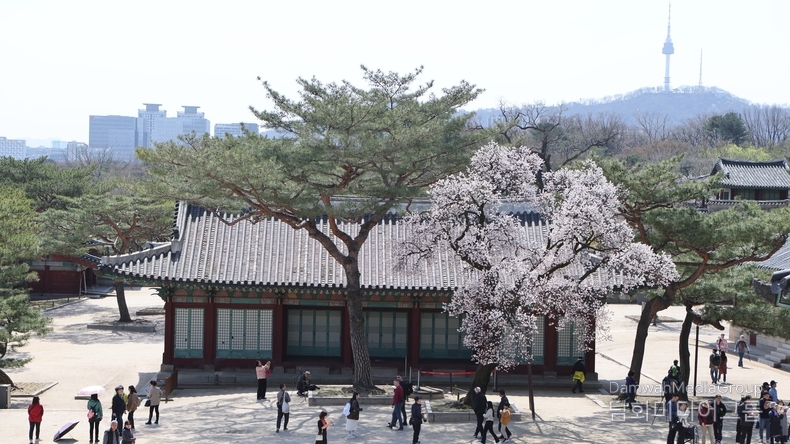
경복궁처럼 일정한 원칙을 좇아 경영된 궁궐과 달리, 창경궁은 건축 형식과 제도 면에서 비교적 자유롭게 세워지고 이용된 궁궐이었다. 궁궐은 남향이 원칙이지만, 창경궁의 중심 부분은 특이하게 동향으로 배치되어 있다. 동쪽에 왕실 동산인 함춘원)과 낙산이 자리를 잡고 있어 그곳을 바라볼 수 있도록 지었기 때문이다. 그러나 다른 생활공간들은 남향으로 배치되어 있다.
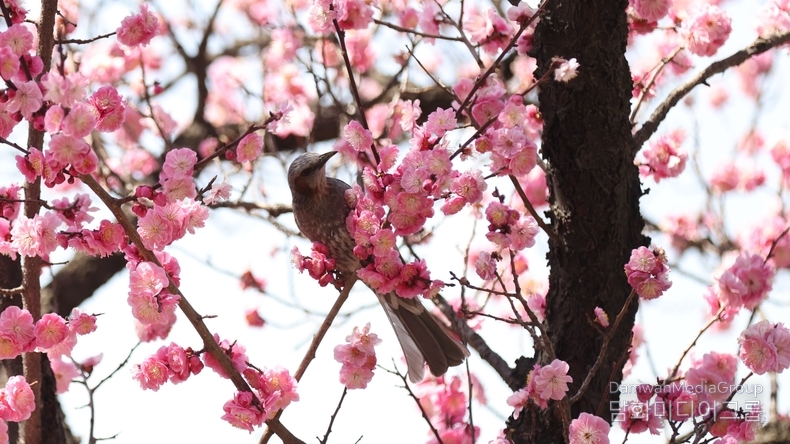
창경궁은 자연 지형을 따르면서도 생활의 편의를 추구하여 궁궐을 조성했기 때문에 아름다움과 친근함을 두루 갖춘 궁궐이 되었다. 임진왜란(1592년) 때 서울의 다른 궁궐과 함께 불에 탔다가 1616년에 재건되었다. 이때 다시 세운 명정전, 명정문, 홍화문 등은 창경궁의 현존하는 가장 오래된 궁궐 건물들에 속한다.
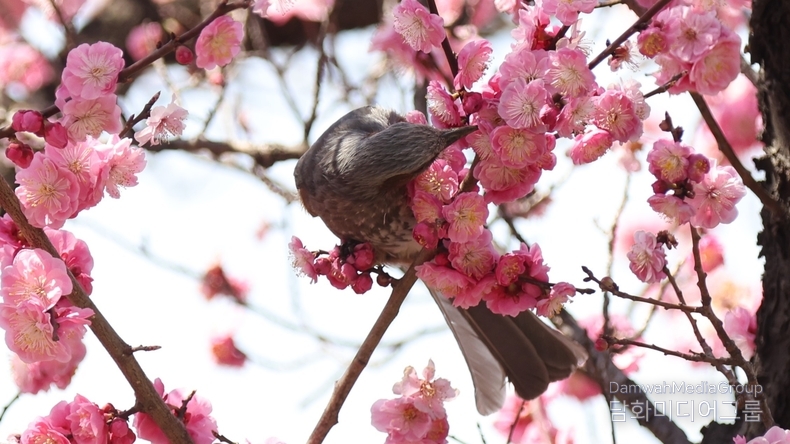
창경궁의 전성기는 1830년대였다. 동궐도(東闕圖)에는 여러 대비궁, 후궁과 공주들의 처소 궐내각사 등이 촘촘하게 들어서고 곳곳에 정원 시설이 조화를 이룬 당시 모습이 잘 묘사되어 있다. 일제강점기에 창경궁 안의 건물들을 대부분 헐어내고 동물원과 식물원을 설치하여 시민공원으로 바꾸고, 이름마저 창경원으로 격하시켰다.
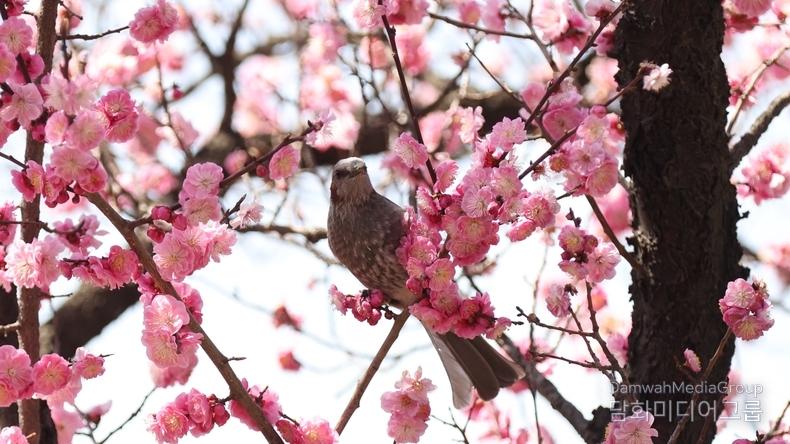
또한 종묘와 연결된 땅의 백을 끊고 그 사이에 도로를 개설하여 궁궐의 품격을 훼손했다. 1983년부터 동물원을 이전하고 본래의 궁궐 모습을 되살리는 노력을 계속하고 있다. 비록 아직 많은 유적들을 복원하지 못했지만, 아름다운 자연과 어우러진 창경궁의 모습에서 왕실 생활의 체취를 느낄 수 있다.
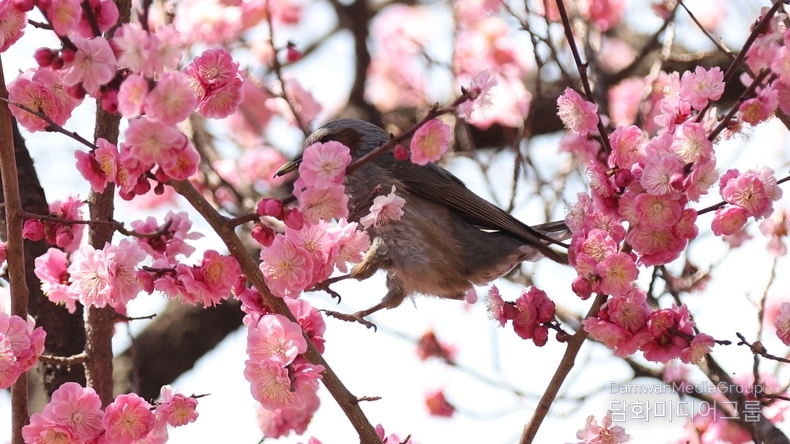
On the Changgyeonggung site, Suganggung Palace was built in 1418 by King Sejong for his father King Taejong, after he abdicated the throne. In 1483, King Seongjong built a huge palace for three dowager queens, renaming it Changgyeonggung. Changgyeonggung actually comprised one palace together with Changdeokgung Palace, and the two palaces were collectively called Dunggwol, the East Palace. The rear garden was also shared by the two palaces. Having served as auxiliary facilities because of lack of adequate living space in Changdeokgung,
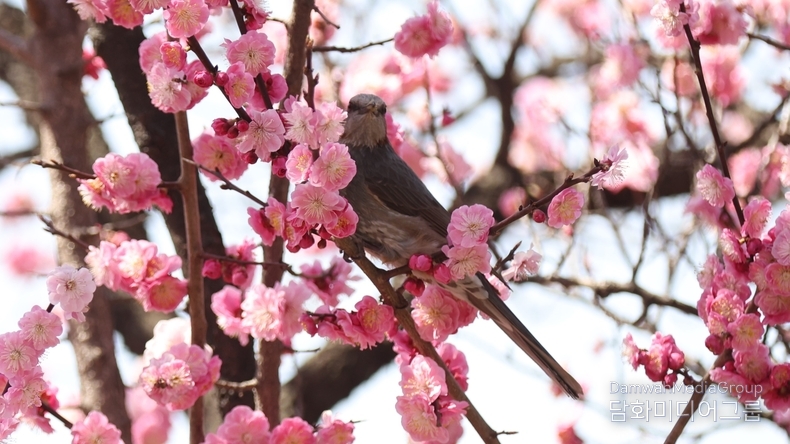
Changgyeonggung was used as a residential area for concubines, princesses, and lady attendants at the palace. Unlike Gyeongbokgung, which was organized in accordance with certain royal principles, Changgyeonggung was built in a relatively liberal manner in terms of architectural style and systems. Although a palace was built facing south according to standard principles, the main building of Changgyeonggung faces east, which is exceptional. It was built that way to view Hamchunwon, a royal garden, and Mt. Naksan. Other facilities for the royal household were built facing south. Convenience in everyday living was emphasized in the construction
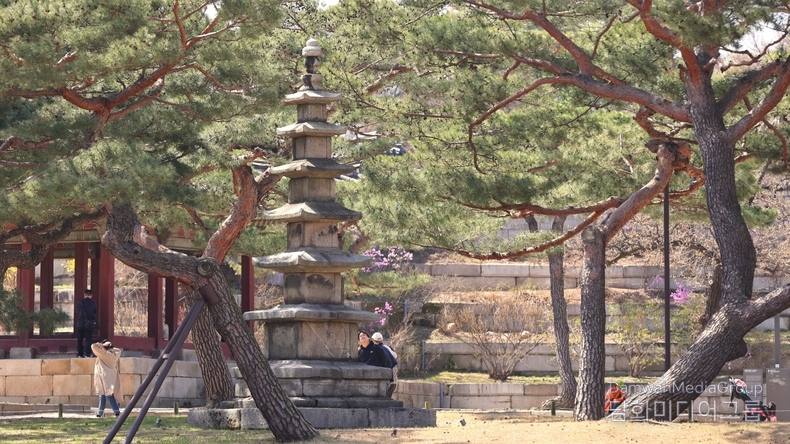
of Changgyeonggung, while also following the topography of the area, making it a palace that boasts both natural beauty and practicality. During the Japanese invasion of 1592, Changgyeonggung and other palaces weremburned down. Changgyeonggung was rebuilt in 1616, when Myeongjeongjeon Hall, Myeongjeongmun Gate, and Honghwamun Gate were rebuilt. These three buildings are some of the oldest palace buildings that remain
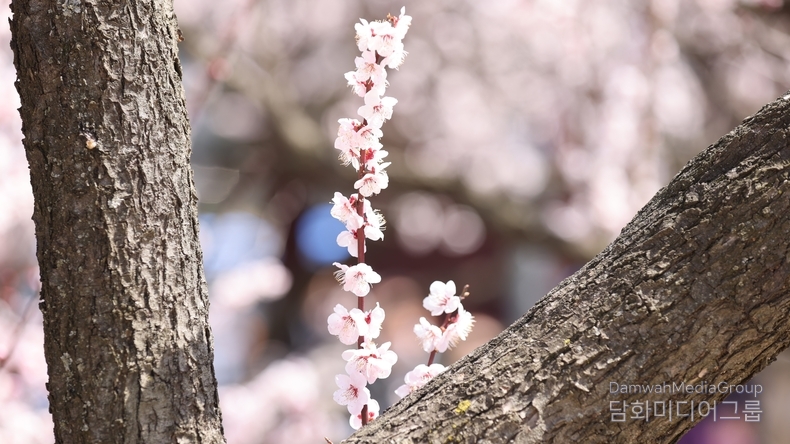
in Changgyeonggung today. The high point of palace life at Changgyeonggung was during the 1830s. Dong-
gwoldo, a drawing of the East Palace, vividly depicts the East Palace at the time as a harmonious complex crowded with quarters of royal wives and concubines, as well as residences of princesses, government offices, and gardens everywhere. The Japanese deprived Changgyeonggung of its status as a palace during the occupation (1910-1945) and made it a resort with a zoo and botanical gardens.
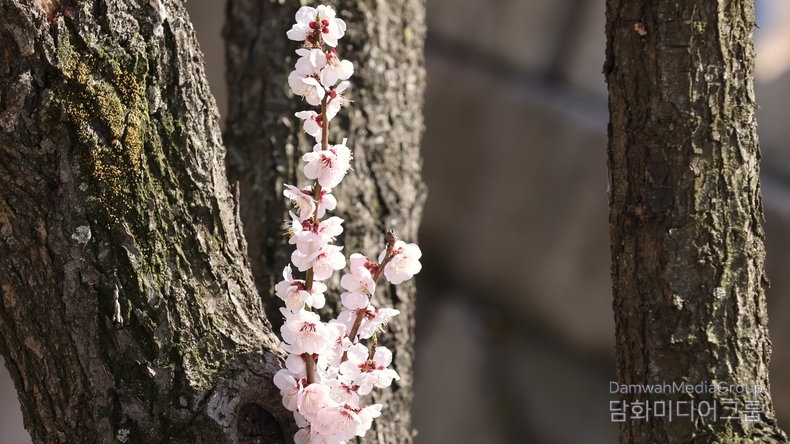
They renamed it Changgyeongwon (Chang-gycong garden), downgrading it from Changgyeonggung (Changgycong Palace). In 1983, the Korean government removed the zoo and has attempted to restore the palace to its original appearance. Though much remains to be done and many relics and buildings have not yet been restored, Changgyeonggung allows us to experience royal life as it was hundreds of years ago.
